The ALBRIGHT vs The ALBERTO vs The FG KNOT [Strength Contest]
- By: Luke Simonds
- on
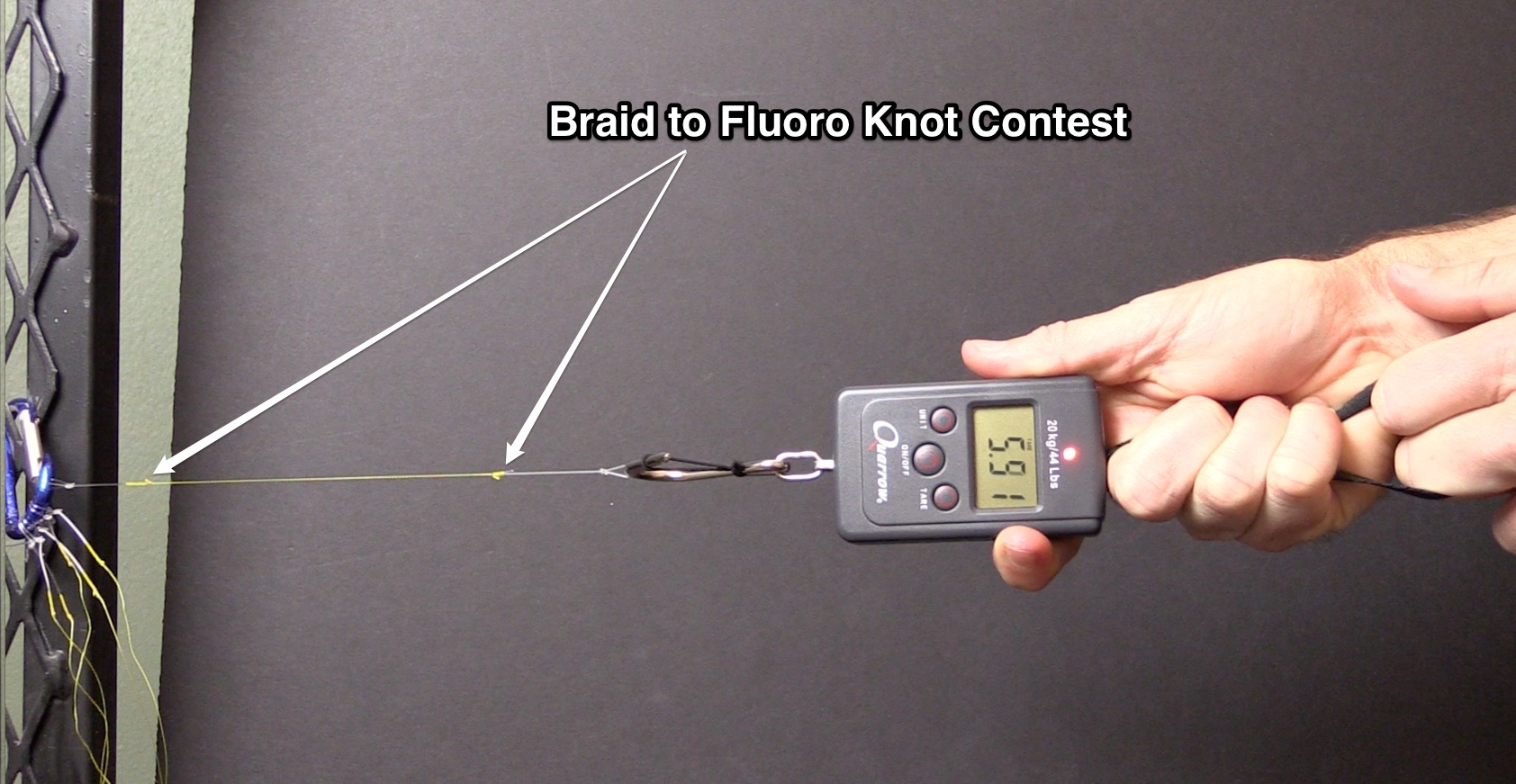
It’s “FISHING KNOT OFF” Time!
After posting our first braid to leader fishing knot contest in which the FG knot was the surprise winner, many readers have asked for us to test out more of their favorites…
And the two most commonly requested knots were hands down where as follows:
- “Albright Knot“
- “Alberto Knot“
These two knots are actually very similar so I was curious to see which one was the strongest of the two…
I was even more curious to see how that stronger one did against the FG knot (our current reigning braid to leader champion)
So this post is going to cover exactly that… first, we’ll put the Albright knot against the Alberto knot.
And then we’ll put the winner up of that “Knot Off” against the reigning champion, the FG knot.
Albright Knot vs. Alberto Knot
These two knots are extremely similar. Both of them start and end the exact same way, but the style of line wraps in the middle section of these knots are what separates them.
And for this contest, our core focus is to determine which style provides the strongest connection.
So we’re going to make sure to use the same amount of wraps for each one in order to see which one is best.
Note: All tests are using the same spools of fishing line (10 lb PowerPro to 30 lb Ande fluorocarbon).
How to Tie the Albright Knot
The Albright knot is known for its ability to connect two lines of different sizes including braid to fluorocarbon.
In most tutorials, the Albright knot is taught using 10 wraps but I increased it to 14 in order to match the total of 14 wraps from the Alberto knot.
Here’s a video showing exactly how to tie the Albright knot:
How to Tie the Alberto Knot
The Alberto knot is becoming an extremely popular knot for connecting braided line to a fluorocarbon leader. Its popularity is due to this knot’s ability to be tied to pretty much any type of line with varying differences in diameters.
And as you’ll see below, the Alberto knot is very similar to the Albright knot given that its beginning and end are identical.
However, the line wraps in the middle are what make this knot unique. Its premise is that making 7 wraps out, and then 7 wraps back will create a continually squeezing system similar to a Chinese finger trap.
Here’s a video showing how to tie the Alberto knot:
Strength Test – Albright vs Alberto
To test the breaking strengths of these two knots, I tied each of them to a single strand of line and then applied steady pressure until the weaker of the two broke (and I did this a total of 5 times to have a decent sample of results).
Given that the similarities of these two knots, I was assuming that they would be fairly close and this test confirmed that assumption… here’s how it went.
- Albright knot pulled out @ 7.2 lbs of tension
- Albright knot broke @ 11.3 lbs of tension
- Albright knot broke @ 9.4 lbs of tension
- Alberto knot broke @ 15.6 lbs of tension
- Alberto knot broke @ 9.2 lbs of tension
In case you want to see how the test was performed, here’s a quick video showing the breaks.
Conclusion – Albright vs. Alberto
Given that these two knots are pretty much identical in terms of tying time and their knot size, the strength factor between these two knots should decide which one is best for braid to fluorocarbon.
And the Alberto knot proved to have the higher average breaking strength in this knot test.
ROUND 2
FG Knot vs. Alberto Knot
Since the FG knot was the winner in our previous braid to fluorocarbon leader knot contests, we now need to check to see if this very popular Alberto knot can unseat the reigning champ.
So I used the exact same test consisting of 5 bouts between these two knots tied on a single strand of line using the exact same spools for consistency.
Here’s how it went:
- Alberto knot broke @ 10.4 lbs
- Alberto knot broke @ 14.6 lbs
- Alberto knot broke @ 13.9 lbs
- Alberto knot broke @ 9.3 lbs
- Alberto knot broke @ 8.7 lbs
This video shows the breaks.
Conclusion
The unique line twists of the Alberto knot proved to increase the breaking strength of the traditional Albright knot when using a light braided line to connect to a heavier fluorocarbon leader.
However, the FG knot proved to have a higher breaking strength once again for this very important connection.
So my earlier recommendation of the FG knot still stands…
The FG knot has once again proven to be the strongest direct braid to fluoro connection while having the added bonus of being the slimmest of them all since the leader line never doubles over.
Although the FG knot takes slightly longer to tie, it has proven to be well over 30% stronger than the Alberto knot when used to connect 10 lb PowerPro braid to 30 lb Ande fluorocarbon so that added strength is well worth the added tying time.
Note: Different line brands/sizes could alter results, so I recommend testing these knots out to see which one is best for the lines that you prefer to use (just make sure to anchor the lines down well and wear glasses to protect your eyes from flying line parts).
If you have a knot that you’d like me to test out, please either leave a comment below or send us an email and we’ll be happy to check it out.
Go To Our Knot Testing Homepage [Full Knot Rankings]
Stop Wasting Time On The Water!
Do what the “SMART ANGLERS” are doing and join the Insider Club.
Here’s what you’ll receive today when you join:
- Weekly fishing reports and TRENDS revealing exactly where you should fish ever trip
- Weekly “spot dissection” videos that walk you through all the best spots in your area
- Exclusive fishing tips from the PROS you can’t find anywhere else
- Everything you need to start catching fish more consistently (regardless if you fish out of a boat, kayak, or land).
Click here to join today.
P.S. – If you think your angler friends would like this knot content, please Tag them or Share this with them. It would mean a lot to me. Thank you.
Fish On!
Related categories:
STOP WASTING TIME ON THE WATER!
Do what the “SMART ANGLERS” are doing and join the Insider Club.
Here’s what you’ll receive today when you join:
- Weekly fishing reports and TRENDS revealing exactly where you should fish every trip
- Weekly “spot dissection” videos that walk you through all the best spots in your area
- Exclusive fishing tips from the PROS you can’t find anywhere else
- Everything you need to start catching fish more consistently (regardless if you fish out of a boat, kayak, or land).

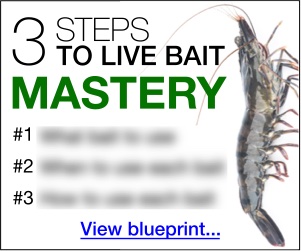


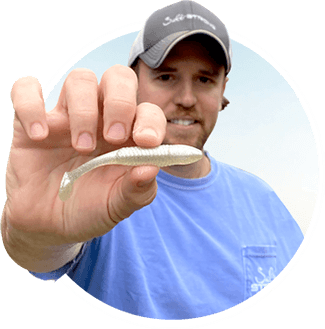
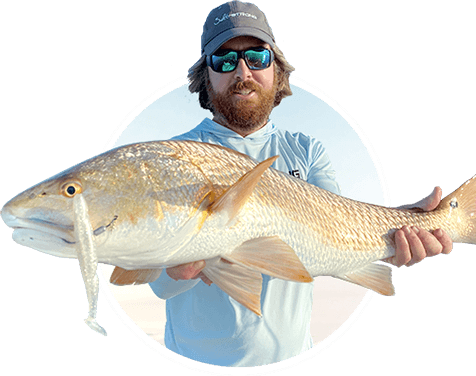

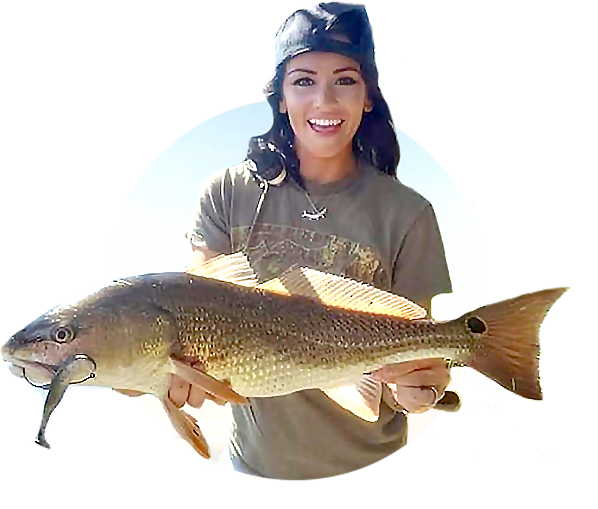
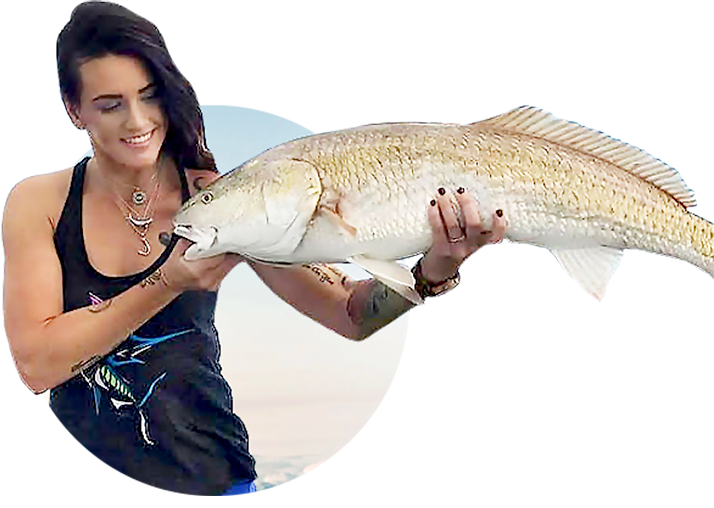

I know the Albright is known for joining lines of different diameters, but does it work just as well for lines of similar diameter?
I recently tested a bunch of reputable knots for joining 15 lb and also 25 lb P-Line Fluroclear mono leader and 8-strand 30 lb J braid. Here in the Pacific Northwest, we don’t use heavy leader when salmon fishing, since salmon can be line-shy and their teeth are small and more like needles than razors.
I tie a Spider Hitch loop knot in the braid, and that knot has never failed me. But the mono knots I’ve tried have failed occasionally on big king salmon, and underperformed repeatedly on the test bench. Both the braid and the fluoro-coated mono are super slick, so that has a direct bearing on the knot performance, along with the small line diameters.
So I tried over a dozen top-rated line-to-line knots including the GT knot in the viral and original versions, the Improved Bristol, the Yukatan, Berkley Braid and others (but not the PR Bobbin or the FG knot, since those knots are notoriously difficult to tie on the water, especially with light leader). But these knots all disappointed with the lines I use.
However, I finally found one that worked consistently on the test bench. It’s not a knot I have found online, exactly. If I had to name the knot, it would be a Double Reverse Alberto knot. Essentially, I double the leader material and then tie an Alberto Knot with the mono going around the doubled braid instead of vice versa, and the mono tag end passing through the bottom of the braid loop twice before cinching.
If you’re tying light leader to light braid, you might give this a try.
Randy Strash, Seattle
This is the first time I’ve heard of the reverse alberto knot… thanks for the tip! What lb lines do you find this works best with?
I’ve been experimenting with knots all winter and after hundreds of knots have found the normal Alberto tied with a doubled line to be very close to actual line strength. It,s much stronger than the single strand Alberto and works great with any size leader. I use Pline CXX copolymer and KastKing braid… will have to give Randy’s wrapping the mono around the braid a try.
Oh ya, love everything you do Luke. Thanks
Have you tried the GT knot yet? IGFA tests show it to be greatly superior to the Alberto knot. I’d like to see how it stacks up against the FG. I’ve been tying it braid to mono but have’nt fished it yet.
Before you use the “GT Knot”, make sure to watch the video in this link: https://saltstrongdev.wpengine.com/articles/gt-knot/
You FG to Alberto data is labeled incorrectly.
“Here’s how it went:
1. Alberto knot broke @ 10.4 lbs
2. Alberto knot broke @ 14.6 lbs
3. Alberto knot broke @ 13.9 lbs
4. Alberto knot broke @ 9.3 lbs
5. Alberto knot broke @ 8.7 lbs
”
I assume 1-3 should be the FG.
Yes/No?
The FG knot won all 5 times… it’s breaking point is typically at least 17 lbs with those lines.
You seem show bias for the FG know for some. You don’t show head to head results in this test. When I looked up prior test you did the face thing. For some reason you don’t like posting the FG knot results. Unless you are using the same exact line from the save exact spool at the same time the test is not true. I have bought skills of line that were bad and broke easy. Also had skills with a bad section. Do a real head to head test. Tie an FG knot and test. Tie an Alberto knot and test. Alternate from the same spools. Then post the results. I bet the results will tighten up a bit. I use an Alberto knot on 8lb test and I’ve never had a knot failure. The line will break 100% of the time before the knot fails. No way that Alberto knot fails at 9.2 lbs with good line and no kinks.
The tests I’ve done with the FG knot vs the Alberto were exactly as you stated: same spool of line were used for both braid and leader all back to back rotating from FG to Alberto.
As for not wanting to post FG Knot results, I’m not sure what gives you that impression because I have countless videos of it since its always my control when testing out braid to leader knots since it keeps winning.
But don’t take my word for it, I recommend taking a 24 inch strand of braid and then tie the FG knot on one side with the alberto knot on the other side with a leader that’s over 2x the strength of the braid. Tie one end of the leader to a fence or something that won’t move, and then apply pressure to the other end until the weakest point fails. Without a doubt, the break will happen at the top of Alberto knot right before the braid turns which will leave the braid with a clean break making it appear as if the line broke (but there will not be any line coming from the Alberto knot on the leader except for the braid’s tag end that’s still in place).
Seriously dude ! Have you read or watched anything else on the internet. Literally every test ever done shows the FG knot destroying the Alberto when using thinner braid to a thicker leader (within a certain diameter range). You’re either genuinely ignorant, or pouty because “your” knot didn’t do as well as you thought. Science hurts sometimes, but facts are facts. Saying “I’ve never had a knot failure” is the definition of anecdotal evidence. It could be 100% true, but it’s still not empirical evidence. Luke is not biased. He’s very data driven and his results are consistent. But even if he was bias, it wouldn’t matter. Test results from around the globe and every corner of the internet are overwhelmingly clear: the FG Knot is far stronger than the Alberto when certain line types and diameters are used. Knots fail for a variety of reasons: hows it’s tied, how it’s cinched, type of line, type testing machine used, diameter, wetness, how quickly the knot is pulled tight, the type of rod used, quality of line, condition of the line…….the list goes on (very far on). Knots often (but not always) fail at lower strengths in labs than what is perceived in the field because there is huge amount of “give” that you get from the rod, line, and the moving arms of a fisherman. These elements absorb a lot of pressure. Because of this, the perceived pressure that you feel from a fish is way more than the actual pressure being put on a knot in most situations. The good news is you don’t have to be upset, because test results are just one piece of the puzzle when deciding which knot works best for YOU and YOUR particular. Other factors include: ease of tying (and re-tying), target species, diameter and material of lines, line coatings, knot tying ability, line type, ease of going through guides, longevity, durability, etc.. There are many inshore professional guides and tournament anglers who fully trust and rely on the Alberto and other “lesser” knots for their livelihood, and say that X, Y, or Z knot has never failed them. There is such a thing as strong enough. That will depend on the person, their skills, and what type of fishing they’re doing. The type of tests that Luke and others do is akin to Basic Research (a.k.a. pure science), that relays on isolating as many variables as possible to test a very specific hypothesis. Actually fishing is more akin to applied research (a.k.a. applied science). Sometimes what’s discovered in a lab can be applied more broadly in the field, but other times it can’t. There may very well be several situations where an Alberto outperforms an FG. The FG hasn’t been extensively studied on lighter pound test mono/fluoro, different line coatings, etc. Those variables are too broad for isolated tests, which is why you have to be your own applied scientist. These tests only focus on strength in an isolated and repeatable environment. If that’s all we cared about then we would all be tying the PR Bobin knot, burning our tag ends, and applying Loon UV Knot Sense, even when fishing for bluegill.
! Have you read or watched anything else on the internet. Literally every test ever done shows the FG knot destroying the Alberto when using thinner braid to a thicker leader (within a certain diameter range). You’re either genuinely ignorant, or pouty because “your” knot didn’t do as well as you thought. Science hurts sometimes, but facts are facts. Saying “I’ve never had a knot failure” is the definition of anecdotal evidence. It could be 100% true, but it’s still not empirical evidence. Luke is not biased. He’s very data driven and his results are consistent. But even if he was bias, it wouldn’t matter. Test results from around the globe and every corner of the internet are overwhelmingly clear: the FG Knot is far stronger than the Alberto when certain line types and diameters are used. Knots fail for a variety of reasons: hows it’s tied, how it’s cinched, type of line, type testing machine used, diameter, wetness, how quickly the knot is pulled tight, the type of rod used, quality of line, condition of the line…….the list goes on (very far on). Knots often (but not always) fail at lower strengths in labs than what is perceived in the field because there is huge amount of “give” that you get from the rod, line, and the moving arms of a fisherman. These elements absorb a lot of pressure. Because of this, the perceived pressure that you feel from a fish is way more than the actual pressure being put on a knot in most situations. The good news is you don’t have to be upset, because test results are just one piece of the puzzle when deciding which knot works best for YOU and YOUR particular. Other factors include: ease of tying (and re-tying), target species, diameter and material of lines, line coatings, knot tying ability, line type, ease of going through guides, longevity, durability, etc.. There are many inshore professional guides and tournament anglers who fully trust and rely on the Alberto and other “lesser” knots for their livelihood, and say that X, Y, or Z knot has never failed them. There is such a thing as strong enough. That will depend on the person, their skills, and what type of fishing they’re doing. The type of tests that Luke and others do is akin to Basic Research (a.k.a. pure science), that relays on isolating as many variables as possible to test a very specific hypothesis. Actually fishing is more akin to applied research (a.k.a. applied science). Sometimes what’s discovered in a lab can be applied more broadly in the field, but other times it can’t. There may very well be several situations where an Alberto outperforms an FG. The FG hasn’t been extensively studied on lighter pound test mono/fluoro, different line coatings, etc. Those variables are too broad for isolated tests, which is why you have to be your own applied scientist. These tests only focus on strength in an isolated and repeatable environment. If that’s all we cared about then we would all be tying the PR Bobin knot, burning our tag ends, and applying Loon UV Knot Sense, even when fishing for bluegill.
P.S. I stick with the Modified Albright—as taught by Captain C.A. on flatsclass/youtube (and friend of Salt Strong)—for all my inshore fishing. He trusts this knot with his life for 100lb tarpon. But if I ever went offshore, I’d get really good at the FG.
So i know you should probably not use the fg knot with mono to mono but i tried it and had no difference in movement or strength compared to braid and mono. So i was wandering if i could still use the knot or if you think it wouldnt work when in water
I don’t recommend the FG knot for mono to mono because it doesn’t dig into itself as good as the braid coils can.
To test it out, just soak the knot in water for 20 seconds, and then purposefully pull on the line until it either breaks or pulls apart to see which one occurs… every time I’ve tried that, it pulls apart at a tension that’s lower than most other knots.
Tested it in water but i soaked it for 2 min and still held about just as strong as the Albright and uni ( sometimes even stronger)
It doesnt make any sense why it works
Wow! What lines are you using?
I did not have good experience with FG knot. It pulled out on me twice, once when I hooked a tarpon. I am using 30# braid to 40# fluoro. I watched your videos on how to tie the FG and tried to follow best I could.
So sorry to see that your FG knot came undone. What lines were you using when that happened when fighting the tarpon? Did it happen while the line was getting rubbed by some sort of structure while fighting the fish or from someone’s hand while trying to get ahold of the tarpon?
With the wildly inconsistent breaking strength, this test is weak. You need a much harder sample size and to calculate the standard deviation between the individual tests. These half hearted garage tests aren’t good enough to make any conclusions.
The exact difference of the knots of course isn’t perfect, but this test clearly confirmed that the FG knot was the stronger of the 3 knots used in this experiment.
I have never tied braid to mono/flor and have the mono/flor be a higher pound test than the braid. Why would you do that.
The reason for using a lighter line as the mainline with a stronger line at the business end is so that you can get maximized casting performance and feel of strikes with the thinnest line possible as the mainline while having the section that is most likely to rub up against sharp objects (last ~2 ft of line) ready to handle the extra abuse it’s likely to be exposed to. Here’s a lesson showing the full setup in case interested: https://saltstrongdev.wpengine.com/articles/how-to-tie-a-fishing-leader-for-snook-redfish-seatrout/
What a wide range of results.. have any idea why the wide variance…
It’s surprisingly tough to get a consistent result when tying a knot… these test help reveal which ones can be most consistently strong.
nice. thanks